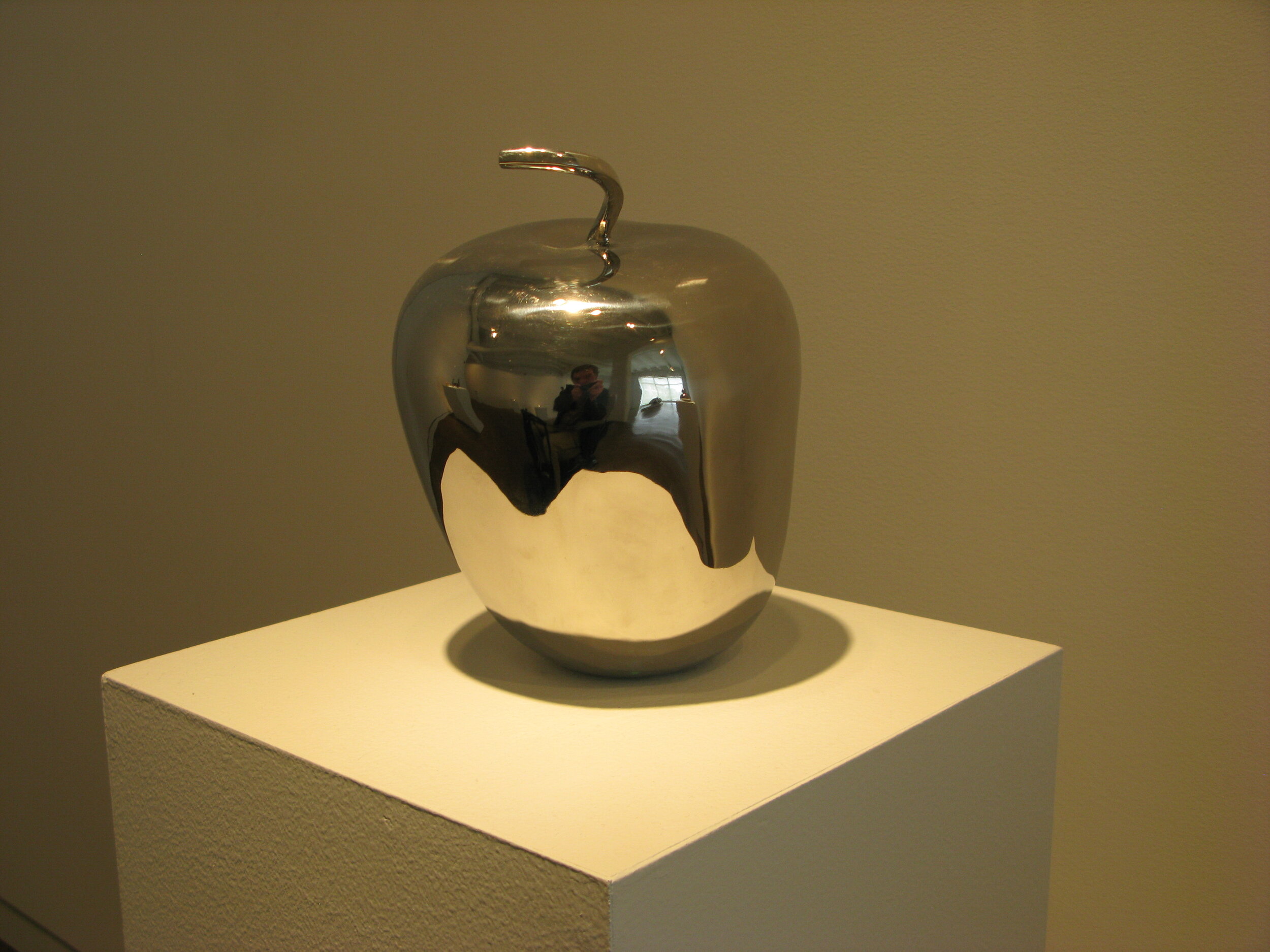Ourobouros
Research
by Casey Smith
A dragon circles a tortoise
Balancing four elephants on its shell
& the elephants carry the world
Creation begins as sound & light & color
& forms form an orb of consciousness
Drawing forth circlets around the source
Experience never follows a blueprint
Spokes from the central source move
Pavonine (of or like a peacock)
Listen to me please
Speak not in conflict
Demarcate an inside distinct from an outside
The potential before the totality
Has permeable contours
Confounding beginnings & ends
Life feeds itself
A single image
Begets & weds
Passing through all things
Cursive desires
Pillow books
The edge of the sea
Holds the world &
Contains the universe
NEWMAN’S OUROBOUROS: NATURAL AND ARTISTIC ECOSYSTEMS
by Malgorzata Rymsza-Pawlowska
Providence, Rhode Island, February 2011
The work of Washington artist William A Newman has always revealed an interest in themes of cyclicality and development in nature. In 2006, he completed a project which combined video photorealistic paintings of hatchlings outside a window of his home; a meditation on temporality rendered with meticulous realism. The inspiration for the artist's latest series came from Newman's farm outside of Washington DC, where Newman has gathered fruit, vegetables and other objects that are part of the surrounding ecosystem. While some objects - wood, stone, and the skull of an animal, have been left as found, others that have a shorter lifepspan - primarily fruits and vegetables, as well as one memorable Snake Gourd, were first sculpted in clay, and then cast in collaboration with craftsmen in Beijing as concrete forms. The result is a new ecosystem; one that is housed in an exhibition space, and which raises questions of collaboration and connectivity, material, representation, and of life itself.
Newman's new body of work consists of natural objects rendered in different sizes and using sundry materials. The majority of pieces are welded metal - their smooth, reflective surfaces are in stark contrast to the colors and textures found in organic matter and instead call attention to their simple and beautiful shapes. While some are larger than life, objects like an outsized pear are both familiar and unfamiliar to viewers, causing one to rethink their places, and one's own place, within the unified environment.
Other objects resemble the curves and shapes of fruit and vegetables but are unidentifiable - only a suggestion of the possibilities of nature. When installed, the surfaces of the pieces reflect everything around them: their environment, their viewers, and each other. They engender a feeling of interconnectedness that is emblematic of natural development and rearticulated on the register of artistic work and exhibition. The contrast between the original space of the objects and the rarified space of the gallery only emphasizes this feeling, and draws attention to larger systems of natural and unnatural production.
The artist describes the pieces as "indeterminate objects" that signal the continuous cycle of natural life, which has many stages of generations and destruction, but no beginning and no end; a theme that is perhaps most evident in the piece entitled "Ourobouros", referencing the ancient symbol of the snake eating its own tail, a symbol that stands for eternity, and regeneration from destruction. The Ourobouros has appeared in many different civilizations and religions; it is a symbol that transcends its own context. Like the other pieces in this series, the serpentine shape has been simplified here, what is left is pure motion, reflected in the smooth surface of the piece, and its curve towards itself.
The many stages of living things are also emphasized in the production of the pieces. The works began life as objects found at Newman's farm, which were then shipped across the world to be molded in clay form and either cast into bronze or welded together in stainless steel. The finished pieces then made their way back to their original home, Newman's country studio. This is another type of cycle, but one that has resonances in the cycle of life from which they were originally derived. Like their source material, Newman's sculptures move through many stages, being transformed by a modern alchemy.















































